What to do if currant leaves curl?

Twisted leaves on a currant bush indicate a problem. Depending on what other symptoms complement such an unusual shape of the leaf plates, you should choose a method for treating the plant. To establish what kind of ailment the fruit and berry crop has encountered, carefully examine the damaged leaf.
Causes
The cause of leaf curling on currant bushes is fungal infections and pests. Favorable factors for their development are excessive humidity, low temperature and violation of the rules of agricultural technology.
Each problem has its own solution, therefore, with signs of currant disease, first of all, you need to determine what exactly it is sick with.
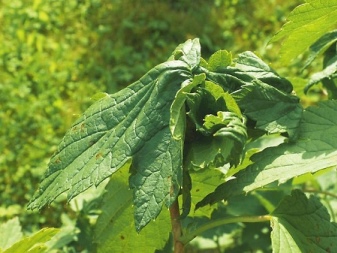
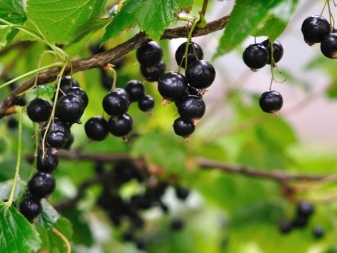
Diseases
If, despite favorable weather conditions, careful care and timely watering, the currant leaves still begin to curl, then the cause of the ailment has nothing to do with a deficiency of moisture and nutrients. The plant is most likely affected by a fungus. Symptoms of this infection usually appear from early spring to mid-summer. A sure sign that the currant has encountered a fungal infection is the folding of the leaf plates in the absence of yellowness and other symptoms of wilting.
Most often, the leaves curl and wrinkle with several pathologies.
Anthracnose
A fungal infection usually carried by gusts of wind or flying insects. The disease can be determined by small brown spots - they appear on currant leaves and grow to 3-4 mm in a matter of days. After that, the lesion spreads to petioles, branches and even berries. Usually, with anthracnose, the leaves of the lower branches begin to turn yellow first. As the infection spreads, the diseased shoot is exposed towards the crown, as a result, the bush has only a couple of leaves at the ends of the branches.
If you do not take measures, then by mid-June the leaves of the bush will begin to twist, forming tubes with the tips bent inward. After a couple of weeks, such a leaf plate dries out and falls off. The next stage in the development of anthracnose is the death of young shoots and, as a result, a sharp deterioration in fruiting.
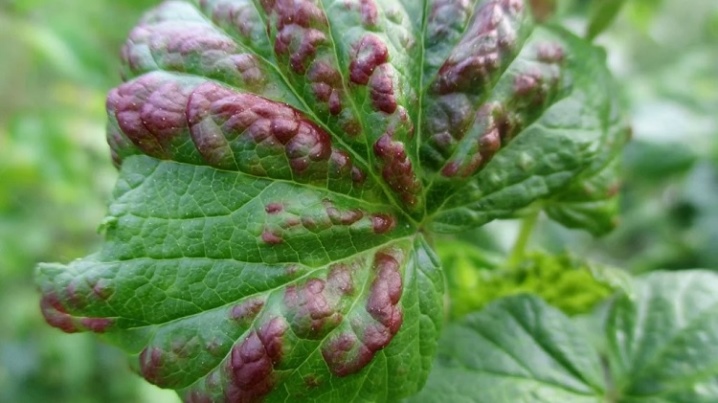
Goblet rust
Another fungus that develops in high humidity conditions. The first symptoms of the disease are the appearance of brown pads on the leaf blades. If you press on this build-up, it will crack, and spore powder will sprinkle from the inside. The pustules grow rather quickly and soon lead to leaf curling.
If you do not treat the bush, then it will drop the foliage much earlier than the term, and this will inevitably lead to the freezing of the plant in the spring.
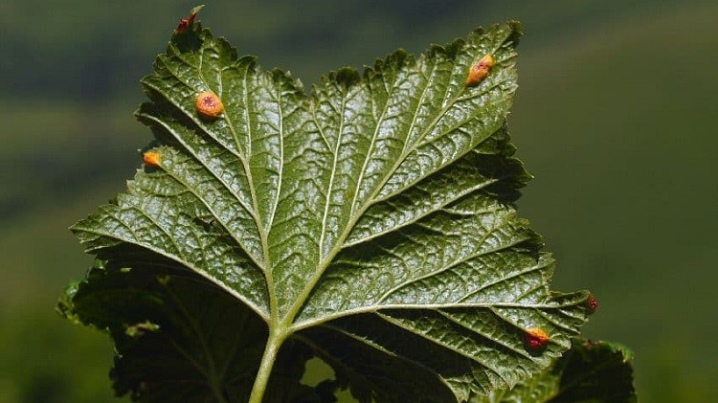
Columnar rust
With this disease, rusty brown spots appear on the leaves of the currant, which soon turn into growths. They grow very quickly and form something like yellowish hairs. The fungus rapidly spreads throughout the shrub - this causes drying and curling of the leaves. All the greens fall off the plant by mid-August, and until autumn the bush is bare. This greatly weakens its immunity and minimizes the chances of a successful wintering in low temperatures.
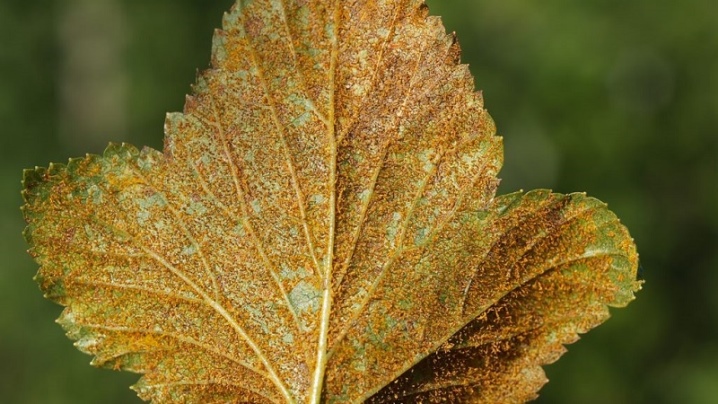
Septoriasis
Brownish-brown spots indicate the presence of this pathology. First, they appear on the edging of the leaf plate, and soon cover its entire area.Usually, the infection is promoted by excess moisture and thickening of the plantings. Especially often this disease affects currant bushes growing in the shade. EIf you do not start treatment on time, the leaves of diseased plants curl up and fall off by mid-summer.
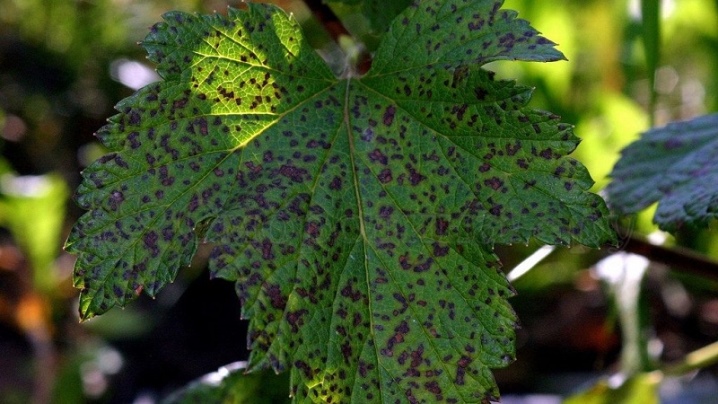
Spheroteka
This fungus is known as American powdery mildew. In most cases, it affects black currants, although it can also be found on other varieties. The first sign of the disease is the coating of the leaf plates with a whitish coating, very soon stains appear on the branches and even fruits. In the absence of treatment, after a couple of weeks, the plaque turns brown, the last stage of the lesion is the curling and falling of the leaves. Shortly thereafter, the shrub completely discards the entire crop, ultimately the activity of the fungus leads to the death of the plant.
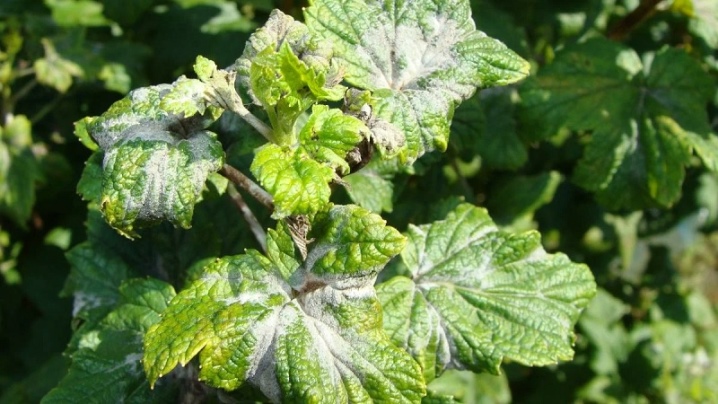
Pests
If the leaves on healthy currant bushes suddenly curled into a tube for no apparent reason, then, most likely, the larvae of insect pests have settled inside. To confirm this diagnosis, you need to carefully cut the branches. If you notice dark rings and spots on the inner fibers, it means that the bush is affected by caterpillars.
- Leaf roll. This is one of the most common pests of currants of various varieties. It looks like a small discreet butterfly. By itself, this parasite is harmless, but its larvae gnaw out rather large areas in the leaf blades. They hatch on the back of the leaves and soon form a kind of roll of them, covered with a thin web from the inside.
- Gall aphid. Currants often attract aphids of a wide variety of species; leaf curling usually causes a gall variety. You can determine the presence of a pest by swelling on the leaf blades. They grow quickly and become covered with reddish-brown stains.
- Spider mite. A very small, almost microscopic pest. It is almost impossible to notice him with the naked eye, but traces of his activity are visible from afar. The presence of a tick can be determined by whitish formations resembling a cobweb. Usually, when infected with a spider mite, leaf rolling is accompanied by the appearance of white dots, which rapidly darken. And soon a thin web appears on the fruits and surfaces of the leaves. This pest multiplies very quickly and literally in 2-4 days the plant can be attacked by a huge colony of parasites.
- Glass-maker. Black and white butterfly with transparent wings. The main damage to currant bushes is caused by its larvae - they penetrate into young shoots and cause curling of leaves.
The difficulty of fighting insect pests on currant bushes is that the shoots themselves look healthy for a long time. Therefore, the cause of the curling of the leaves can be difficult to determine. As a result, the treatment is delayed, and the harvest suffers from this.

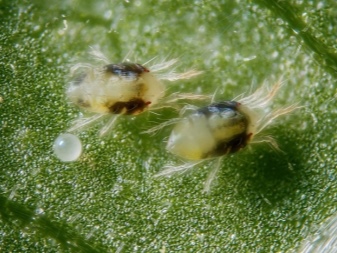
How to get rid of?
When processing currant bushes, you must adhere to certain rules. Try a mild sparing remedy first, especially in the early stages of a lesion. Only in case of insufficient effectiveness can one switch to strong chemicals.
Chemicals are used only for massive injuries. If the degree of the disease allows, it is better to give preference to biological products. Any processing should be carried out no later than a month before harvest. When using folk remedies, this period is reduced to 2-3 weeks.
Organic matter
The greatest effect for the destruction of insect pests and fungi is given by chemical agents. Such drugs are aggressive, therefore, after their application, the plant needs nutrition and feeding. Most often, urea, copper sulfate or ammonia are used. With anthracnose, currants are treated with Bordeaux liquid 1%.Keep in mind that this fungus often hibernates in fallen leaves, so all plant residues around the bush must be collected and burned. The earth in the near-trunk circle should also be shed. With the spherotek, you can treat the bush with drugs such as Tiovit Jet and Topaz.
If the leaves of the currant twisted as a result of the defeat of the bush by insects, then a good effect is given:
- "Fufanon" - effective against aphids of all types;
- "Avant" - helps in the fight against leafworm butterflies;
- "Kinmix" - perfectly copes with glass.
Bioactive preparations can be used to combat currant leaves curling. When using them, you need to adhere to the rules:
- processing must be done within 1.5-2 hours after preparation of the composition;
- the ambient temperature should not be higher than +30 degrees.
Most biological products lose their effectiveness in the rays of ultraviolet light, so all treatments are carried out in the evening or in cloudy weather.
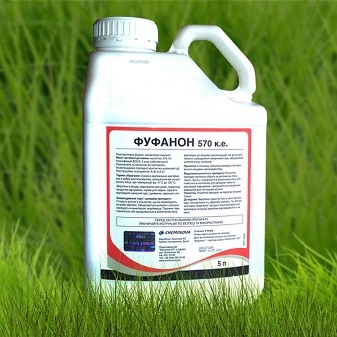
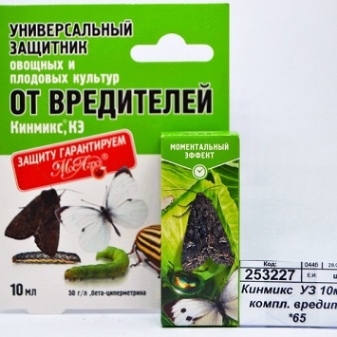
Some of the most effective fungicides that can effectively combat currant fungus include:
- Riverm;
- Trichodermin;
- Mikosan.
And if the twisting of currant leaves was the result of the activity of insect pests, then acaricides of biological origin are used for spraying:
- Fitoverm;
- "Lepidocide";
- "Bitoxibacillin";
- Dendrobacillin.
Important: such compositions do not destroy insects, but only stop their development.

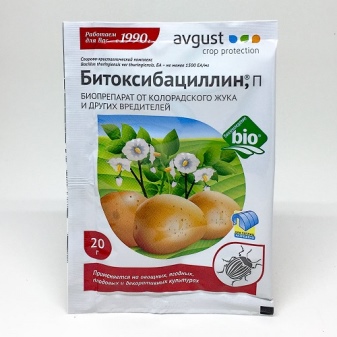
Folk remedies
In the early stages of damage, the plant can be cured with folk remedies. They do not give an immediate effect, but at the same time they are absolutely safe for people and beneficial insects. In addition, processing with such formulations requires a minimum waiting time for harvest (usually within 2 weeks).
- Onion and garlic 100 g are chopped, poured with hot water and left for a day. Before use, the solution is filtered, then each bush is sprayed through a spray bottle. The composition helps in the fight against leafworm, aphids, larvae and caterpillars of other insects.
- 3 kg of fresh celandine herb is poured with hot water and kept for 20-30 hours. After spraying with such an infusion, aphids and glassware perish in a matter of minutes.
- 3 kg of tomato tops are poured with water and left for 5 hours. After that, it is boiled for about half an hour and diluted with water in a ratio of 1 to 4. It has a good effect against currant gall midge.
- Dandelion tincture works well against aphids. To do this, 400 g of leaves and roots of the plant are poured with hot water and left for 2-3 hours. Infusion is sprayed on the bush from the root collar to the top.
- The iodine solution has a high effect in the fight against powdery mildew. To prepare the working composition, 10 ml of pharmacy tincture is diluted in a bucket of water.
- 1 kg of wood ash is ground into ash and dissolved in a bucket of water. The resulting liquid is left for 5 days, before use, add grated laundry soap or a ready-made solution of green soap. The composition is poured into a container with a spray bottle and currant leaves are sprayed.
- A simple soap solution helps in the fight against a small colony of aphids. It is best to use laundry soap for this - it is rubbed on a grater and dissolved in water, the composition must be concentrated.
- If the leaves on the currant bushes are twisted due to the activity of the leafworm, then egg laying can be prevented by spraying with marigold and wormwood infusions. The smell of these plants repels the pest.
- When a spider mite attacks, containers with ammonia can be installed around the plantings. This pest, like many others, is afraid of strong odors.
- Folk remedies are rarely used against fungal diseases. As a rule, they do not provide the required efficiency. The only exception is goblet rust - in the early stages, the disease can be cured with tobacco infusion. To do this, 200 g of the substance is diluted in 3 liters of water and insisted for three days.

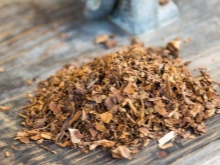
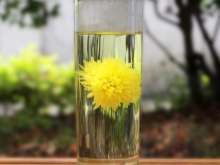
Prevention measures
If the leaves on the currants began to curl, then any treatments with chemical, bioactive and folk remedies must be supplemented with agrotechnical measures. All damaged (dried and deformed) shoots must be cut off immediately after detection. This will localize the lesions and prevent the spread of the disease. The soil in the near-trunk circle of currants should be weeded periodically, since fungal spores and pest larvae often hide in the weed grass.
Anthills located nearby are subject to mandatory destruction, especially if the leaves on the bushes are curled due to the invasion of aphids. To do this, they should be dug up and scalded with boiling water. In spring and autumn, the ground near the currant plantings should be dug up. This will destroy the harmful spores remaining in the upper layers of the substrate. Spraying currant bushes with ordinary water before flowering will help prevent the appearance of a tick. The fact is that this pest is afraid of high humidity. On hot days, the bushes are abundantly watered and briefly covered with plastic wrap. Important: damaged branches and leaves collected from the ground must be burned immediately. In no case should they be dumped into a compost pit, since the fungus remaining on them successfully overwinters, and with the onset of warm spring days it immediately activates. Any fungal diseases and invasion of garden pests are much easier to prevent than to get rid of their consequences later. That is why, when caring for a currant bush, preventive measures must be taken.
In early spring, immediately after the snow melts, currant bushes can be sprayed with Bordeaux liquid or 1% boric acid solution. This treatment provides effective protection against anthracnose and other fungal diseases. In autumn, when the currant bush completely sheds its leaves, the bush is treated with a solution of copper sulfate.
In order to protect yourself from American powdery mildew, from time to time you should inspect the plantings for fallen leaves and damaged branches. Damaged leaves and shoots are immediately cut off.

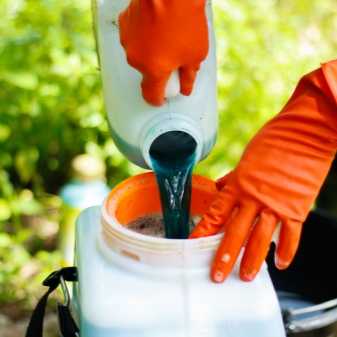
For information on how to process currants in June-July from dangerous pests, see the next video.













The comment was sent successfully.